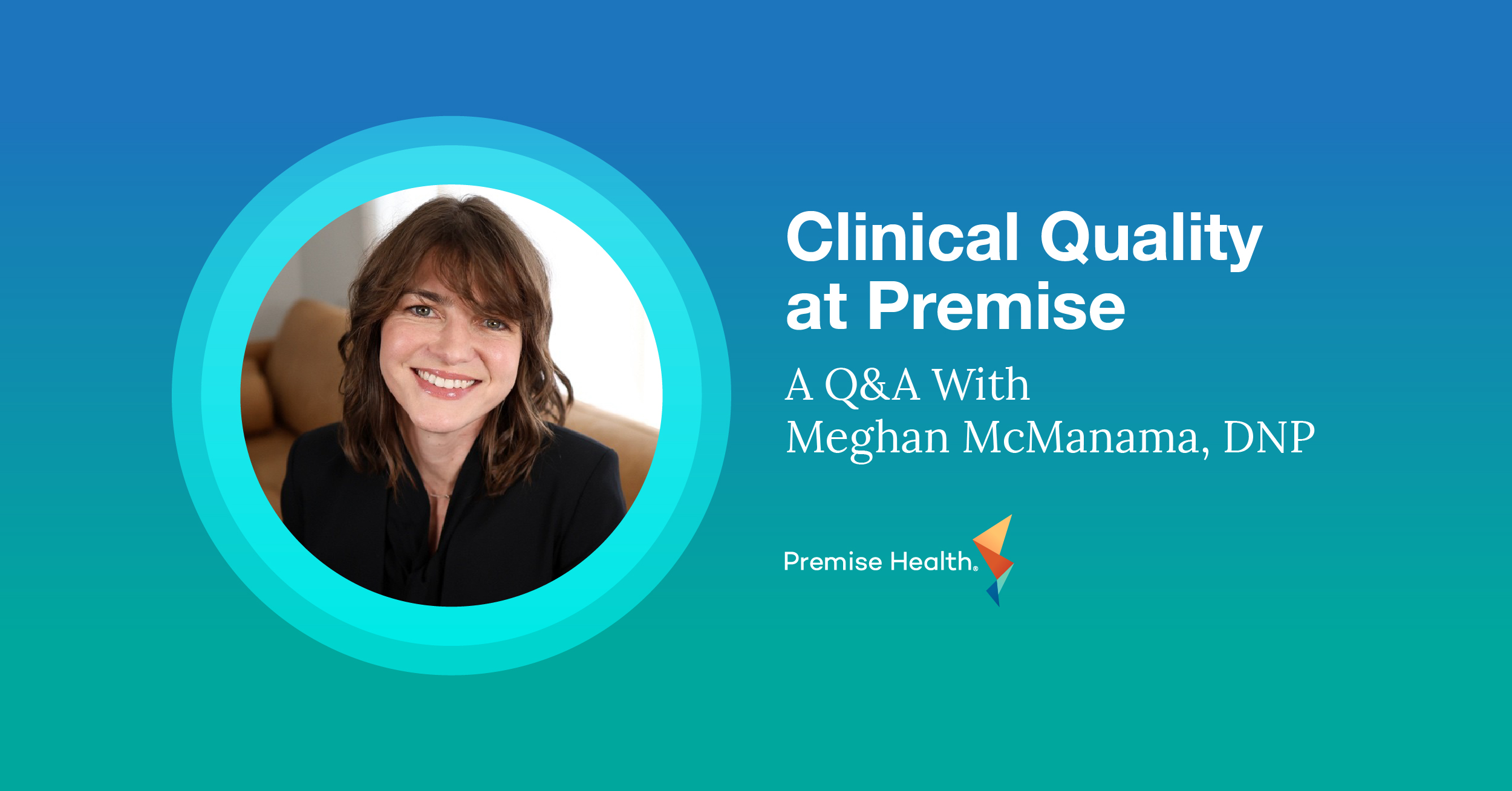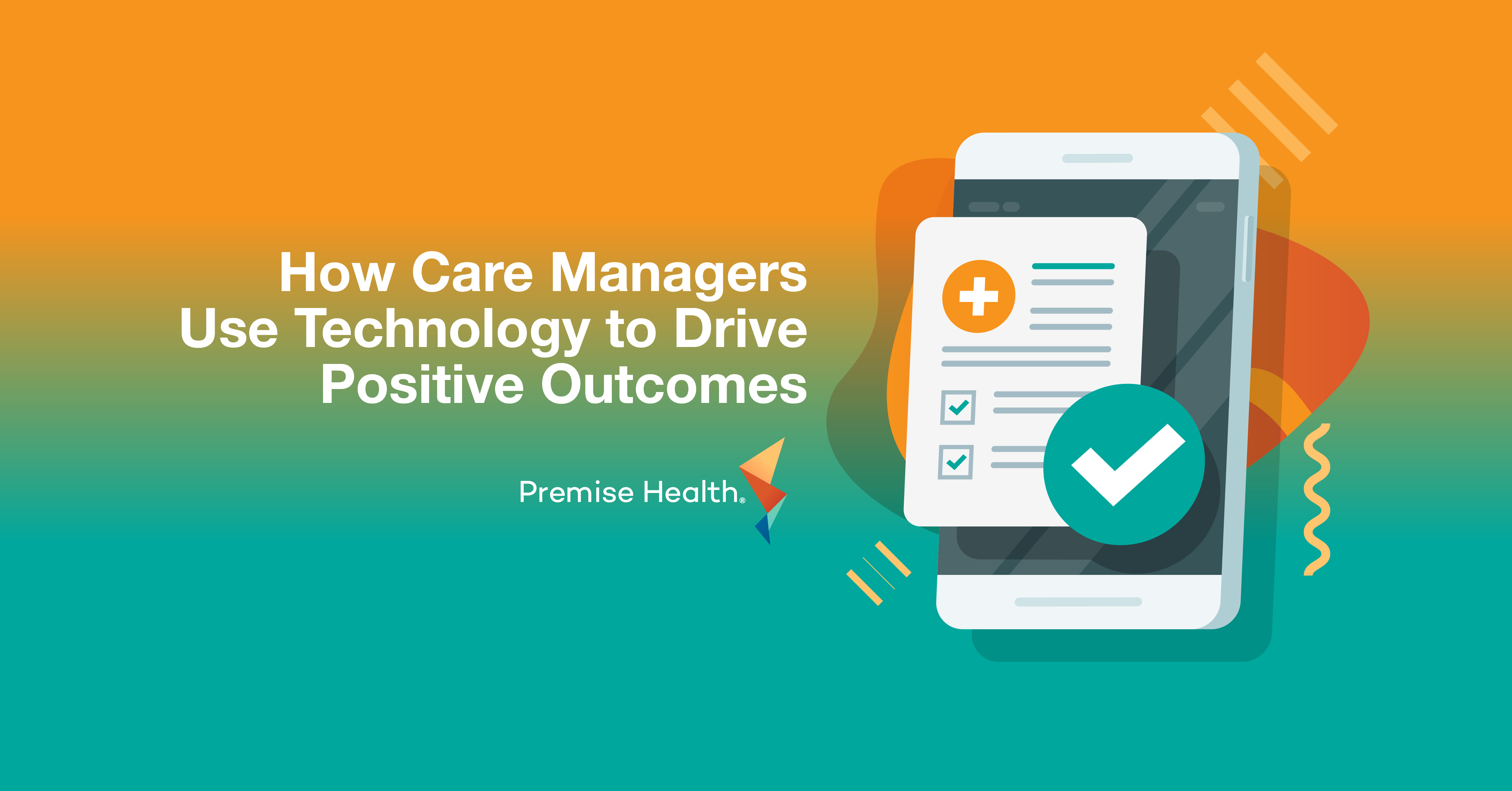Primary Care: Why it matters to individuals and organizations
You’re scheduled for a wellness visit with your primary care doctor today. You’ve already waited weeks for this appointment, but you’re not going to make it…again. A meeting ran late, and their office just isn’t nearby. Maybe that thing that’s been bothering you isn’t such a big deal anyway…
Does this scenario sound familiar? It’s a common story, and many people have felt this way at some point – if they even managed to schedule a wellness exam in the first place. It’s just not convenient to see a provider for preventive care even with the best intentions.
That’s a problem for individuals. But it’s also an issue for organizations. When your healthcare costs go up because your people can’t access primary care, that’s affecting your bottom line. Let’s take a deeper look at how convenient access to preventive primary care benefits your organization and your people.
What is primary care?
Primary care is a combination of day-to-day healthcare from an internal or family medicine provider and preventive care, meant to keep people from getting sick (or sicker). It’s the first stop for most healthcare concerns, from sprained ankles to the common cold. It also includes things like routine screenings, back-to-school vaccines, laboratory work for preventive care including cholesterol levels and diagnostic testing for issues like thyroid conditions or diabetes, chronic condition management, and counseling on family and lifestyle risk factors.
How does primary care help people stay healthier?
From 2016 to 2019, nearly a third of patients who received medical services did not visit a primary care provider, begging the question: where are people going for their care? The answers are most likely urgent care facilities or emergency rooms, which may address the illness at hand, but do not address primary care needs and can be the source of issues like expensive medical bills, unnecessary testing, duplicative prescriptions, and much more.
Additionally, Projections from the Association of American Medical Colleges show that the current primary care physician shortage could reach over 55,000 by 2033, making primary health care even more difficult to find. Let’s talk about what is lost when your people don’t have access to routine primary care.
First, primary care is critical to prevention and early detection for many illnesses. If people get regular exams and screenings, they are more likely to prevent health issues or catch them early and need less care overall.
The second, more subtle benefit is the trust factor. When people see their primary care provider regularly, they develop a relationship. They are more likely to listen to someone they know and trust and more likely to be open and honest about lifestyle habits and medical concerns. That’s powerful. After all, a provider can’t counsel a patient on his options to quit smoking, or refer someone to counseling for anxiety, if they never know those concerns exist.
Employer-sponsored primary care
Organizations are taking the issue of primary care into their own hands, and that’s where Premise Health comes in. We work with hundreds of clients who have decided that the best way to keep their people and dependents healthy, while lowering costs, is to create direct access to primary care. We help them establish onsite centers on campus, nearsite centers in the community, and virtual health access that makes it easy and convenient to see a provider.
Depending on the problem you’re looking to solve with primary care, Premise has an ideal solution for any and every employer. Whether it’s reducing urgent care visits, increasing preventive care access, or combining several solutions into one easy-to-manage, comprehensive suite of services, there’s a solution for you.
Primary care solutions at Premise have two key attributes:
- Addresses the Quadruple Aim – Comprehensive and holistic care that addresses improved outcomes, reduced cost, and improved experience for both members and healthcare providers.
- Return on Investment –Reduces overall healthcare spend by improving member health.
What is patient-centered medical home (PCMH)?
The PCMH model offers a proactive team-based approach to primary care with AAAHC accreditation, meeting the highest third-party standards. In addition to acute and episodic care needs, PCMH gives additional focus to the relationship between a member and provider, a care team approach, and incorporates tenets like improved outcomes, lower costs, and improved clinician experience.
What is advanced primary care?
The height of comprehensive primary care is the advanced primary care model. This builds off the PCMH model by using digital tools and data to improve health outcomes and provider collaboration along with a behavioral health integration, the addition of digital access, pharmacy solutions, and claims-based proactive outreach. When it comes to employer-sponsored primary care, advanced primary care is the most integrated suite of services you’ll find for your people.
Advanced primary care is best suited for:
- Self-insured employers who are forward thinking, focused on quality, and seeking a best-in-class solution.
- Health plans seeking to innovate and focus on lowering healthcare costs while improving quality and access for their members.
Where Premise Health fits in
The definition of primary care at Premise Health goes beyond the offering you’d typically find at other providers. We believe prevention in all areas is an important part of primary healthcare and regular screenings and care for dental, vision, women’s health and more are a part of that. At Premise, related primary care services can also include:
- Condition management
- Executive health
- Lab services
- Women’s health
- Pandemic readiness
- Radiology
- Travel medicine
- Vaccination
- Vision
- Dental
Organizations like you have the opportunity to transform primary care access and the health of individuals like your members. If you’re in charge of health at your organization and you’re ready to talk about how access to primary care affects your people, get in touch.
Next on industry insights.

Provider Dispensing and its Role in a Better Care Experience
Read the Blog
Clinical Quality at Premise: A Q&A With Meghan McManama, DNP
Read the Blog